Global Tax Insights: Sudan
Economic Overview
Geography and Population
The Republic of Sudan is located in the northeastern part of Africa. It borders the Red Sea, Eritrea, and Ethiopia to the east, South Sudan and the Central African Republic to the south, Chad and Libya to the west, and Egypt to the north. Covering an area of 1.882 million square kilometers, Sudan had an estimated population of approximately 49.14 million in 2023.
Natural Resources
Sudan boasts an expansive territory rich in natural resources. In May 2011, it was discovered that Sudan had approximately 4.5 billion barrels of oil reserves, but 75% of these reserves were transferred to South Sudan following the 2011 split. In addition to oil, Sudan is rich in minerals such as gold, silver, iron, chromium, copper, manganese, lead, and zinc. It has more than 150 gold deposits, with proven gold reserves of 970 tons, iron ore reserves of 1.25 billion tons, and over 100 million tons of chromium. The country also ranks first among Arab nations in livestock resources and second in Africa.
Infrastructure
Roads are the primary means of transportation for goods and people across Sudan. The total road network spans 37,000 kilometers, connecting major cities but often consisting of low-quality roads such as asphalt and dirt roads. Sudan's railway system extends over 5,978 kilometers, making it the second-longest in Africa. However, due to war damage and flooding, the railway network is severely degraded, with only limited regional services still operating.
Sudan has 8 international airports and 17 domestic airports, although these facilities remain relatively rudimentary. International flights to Sudan are primarily operated by foreign airlines, with major connections from Emirates, Qatar Airways, EgyptAir, Saudi Arabian Airlines, Kenya Airways, and Ethiopian Airlines.
The two main seaports—Port Sudan and Suakin Port—are located in the eastern Red Sea state. Port Sudan is the largest, handling 95% of the country's port traffic with an annual cargo throughput of around 8.5 million tons. Inland water transport along the Nile is also significant, though its capacity has been severely diminished due to decades of conflict, with the navigable distance now at 1,723 kilometers.
Telecommunications
As of now, Sudan has approximately 20,000 fixed-line telephones, 33 million mobile phone users, and 15 million internet users. The main telecom operators include Zain, Sudatel, and MTN, with mobile coverage extending almost throughout the inhabited areas. All three operators provide 4G network services.
Industrial Structure
Agriculture remains the backbone of Sudan's economy. In 2019, agricultural output accounted for 28.4% of GDP, with over 70% of the population engaged in agricultural activities. Sudan has a vast expanse of arable land, totaling 74 million hectares, with 19.8 million hectares currently cultivated. Major crops include sorghum, millet, wheat, and maize. Key cash crops include cotton, peanuts, sesame, and gum arabic, which make up 66% of agricultural exports.
The livestock industry in Sudan is the largest in the Arab world and the second-largest in Africa. The government has heavily invested in agricultural development, considering it as “eternal oil” for the country's economy.
Mining
Mining is another key pillar of Sudan's economy. Sudan began large-scale oil production in 1999 and became an oil exporter. However, oil output sharply declined after the South's secession in 2011. In response, the government has turned its attention to mining resources such as gold, silver, and chromium, which are seen as alternatives to oil. As a result, Sudan has attracted international attention, with companies from France, Canada, Saudi Arabia, Morocco, and India among the 460 mining firms operating in the country.
World Rankings
According to the World Bank’s 2020 “Doing Business” report, Sudan ranks 171st out of 190 economies, placing it in the lower-middle range among African countries. The Heritage Foundation’s 2022 “Index of Economic Freedom” ranked Sudan 164th out of 180 countries in 2020. Sudan's sovereign debt rating remains unrated by international rating agencies such as S&P, Moody's, and Fitch.
Foreign Trade
Sudan has yet to join the World Trade Organization (WTO) but has completed bilateral negotiations with most of its members as an observer. Sudan is a participant in regional trade agreements such as the East African Community (EAC) and the Arab Economic Cooperation. The economic relationship between China and Sudan has steadily deepened, with China being Sudan's largest trading partner for several years, and Sudan becoming an important trade partner for China in Africa.
In 2015, Sudan, along with 26 other African nations, signed a free trade agreement in Sharm El Sheikh, Egypt, aiming to establish the largest free trade area in Africa. The agreement covers a population of 625 million and represents 58% of the continent's GDP. Additionally, in 2018, Sudan signed the Kigali Declaration and the framework agreement for the African Continental Free Trade Area (AfCFTA), which officially launched on January 1, 2021.
Sudan's total trade in 2021 amounted to $13.52 billion, a slight decrease from the previous year. Exports were valued at $4.28 billion, a 12.6% increase from 2020, while imports stood at $9.24 billion, a decrease of 6.1%. Sudan's main exports include gold, sesame, livestock, peanuts, and cotton. Its primary imports are petroleum products, industrial goods, machinery, wheat, and transportation equipment.
Sudan's largest trading partners in 2021 were the UAE, China, and Egypt, with trade volumes of $3.86 billion, $2.84 billion, and $1.31 billion, respectively.
Foreign Investment
According to the United Nations Conference on Trade and Development (UNCTAD) 2020 "World Investment Report," Sudan's Foreign Direct Investment (FDI) was $8.25 million in 2019, a decrease of 27% compared to the previous year. Investment was mainly directed toward oil and gas exploration and agriculture. Although U.S. sanctions were lifted, political instability, foreign exchange shortages, and expensive banking channels have limited FDI.
From 2000 to 2015, Sudan attracted $74.8 billion in foreign investment, with an execution rate of 56%. In 2020, Sudan received $717 million in FDI, and by the end of the year, the accumulated FDI stock stood at $29.21 billion.
Tax System Features
Territorial and Personal Taxation:
Sudan follows a hybrid tax system, taxing businesses and individuals within its territory as well as Sudanese companies and nationals abroad.
Limited Taxation Base:
The tax system in Sudan has few tax categories, with relatively low rates. The revenue collection is limited due to the narrow tax base, and thus customs duties are comparatively high to make up for the lack of income tax revenue. The main taxes include customs duties, VAT, stamp tax, sales tax, corporate income tax, personal income tax, capital gains tax, national development tax, and defense tax.
Legal Framework:
The tax laws are still under development, including the 1986 Income Tax Act, the 1999 VAT Law, the 2004 Investment Law, and the 2021 Investment Encouragement Law.
Self-Assessment Tax Administration:
The self-assessment tax system requires businesses to calculate their own tax liabilities based on their declarations. The tax authority only intervenes if the business fails to submit tax returns or if there is reason to believe that taxes have been underpaid.











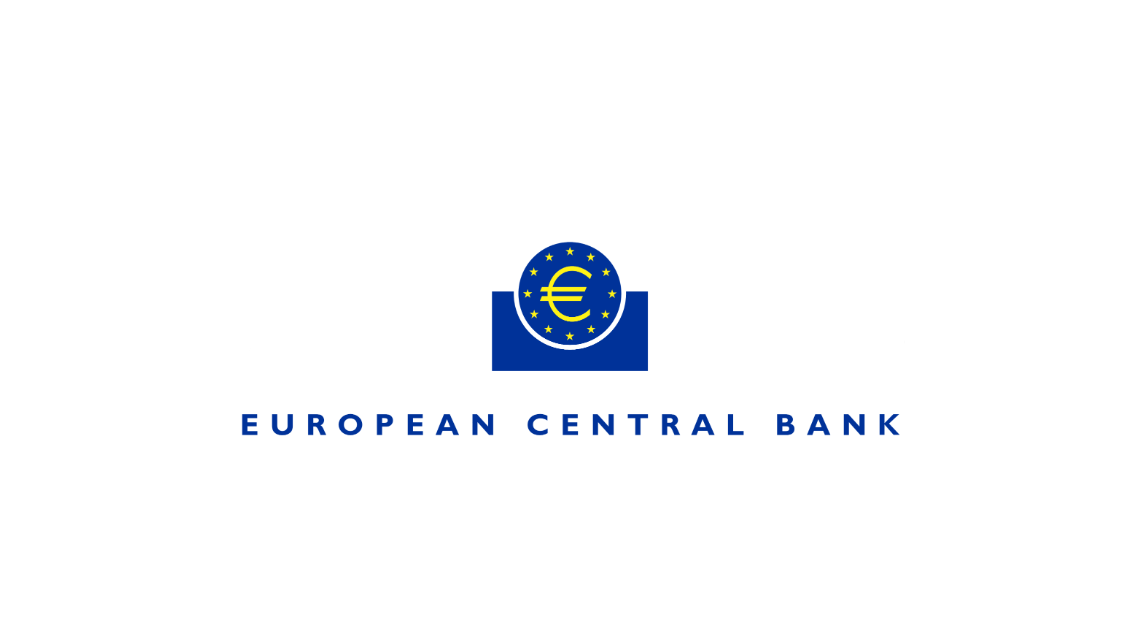
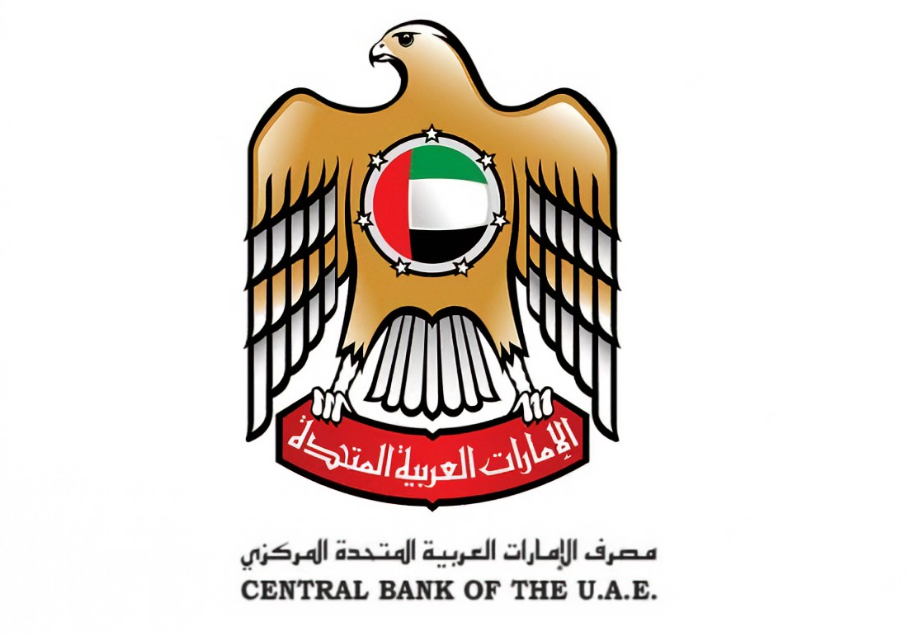
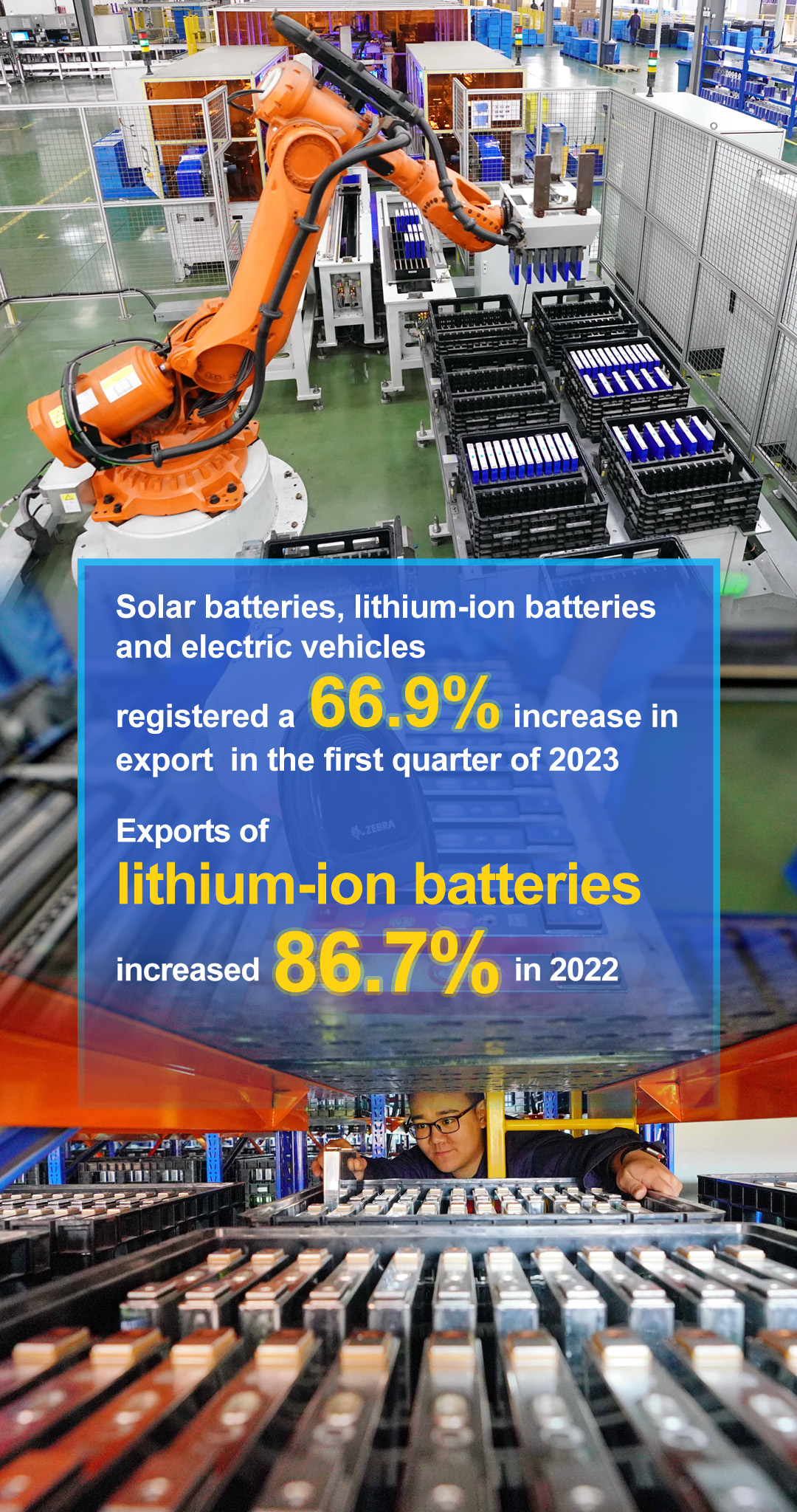
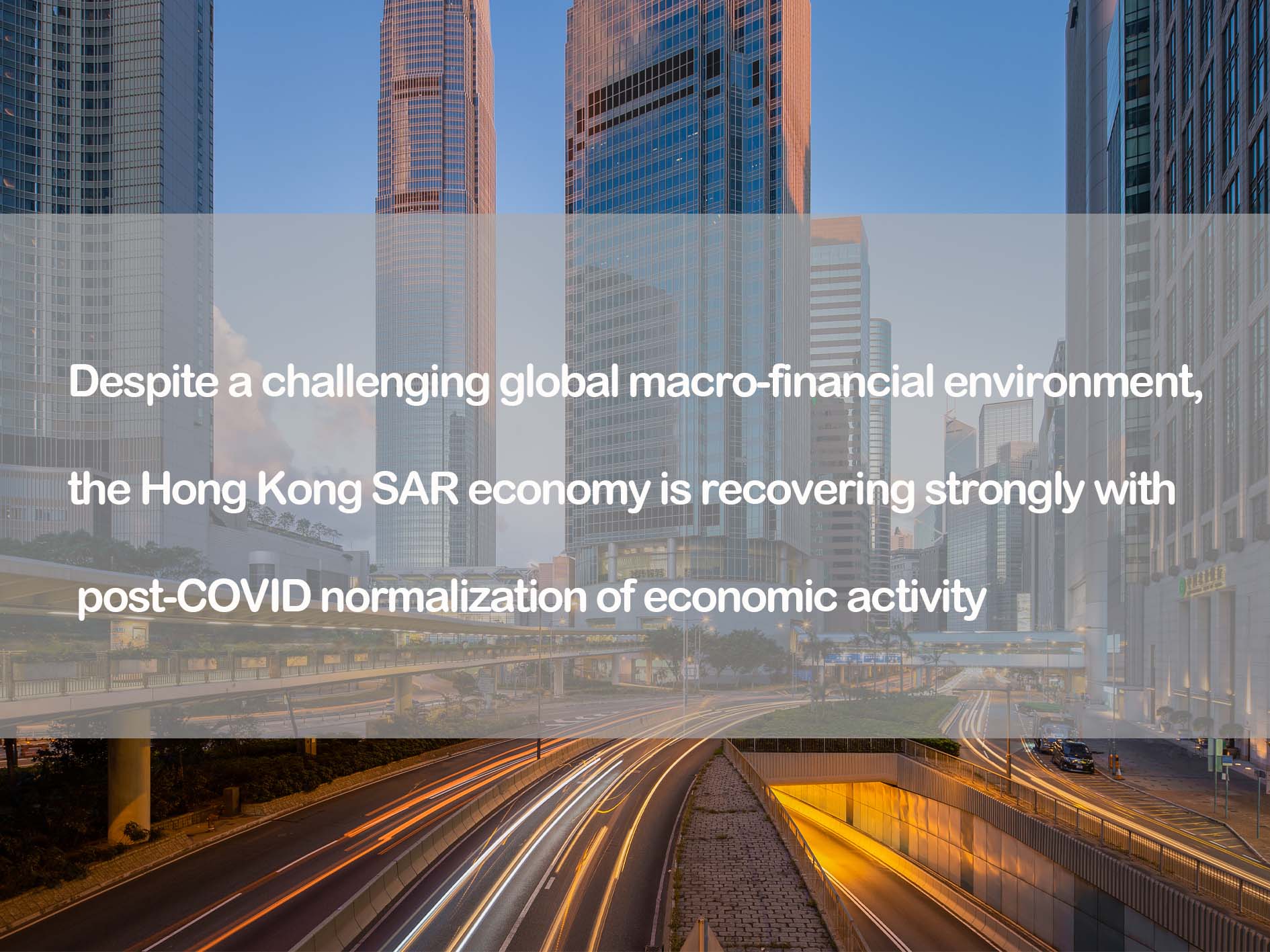




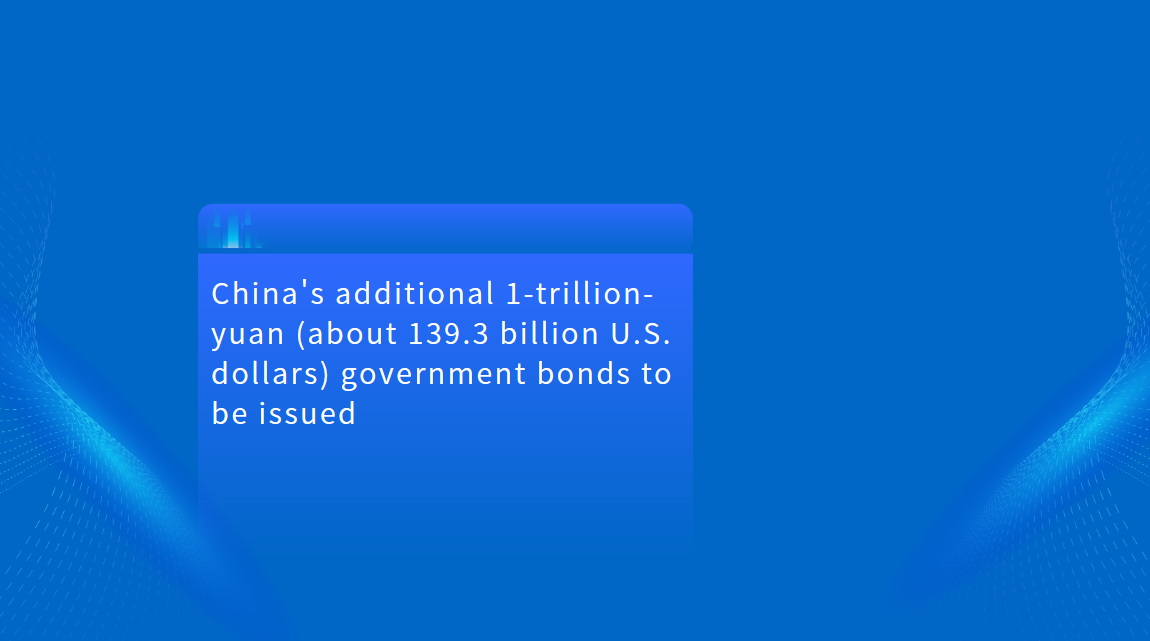

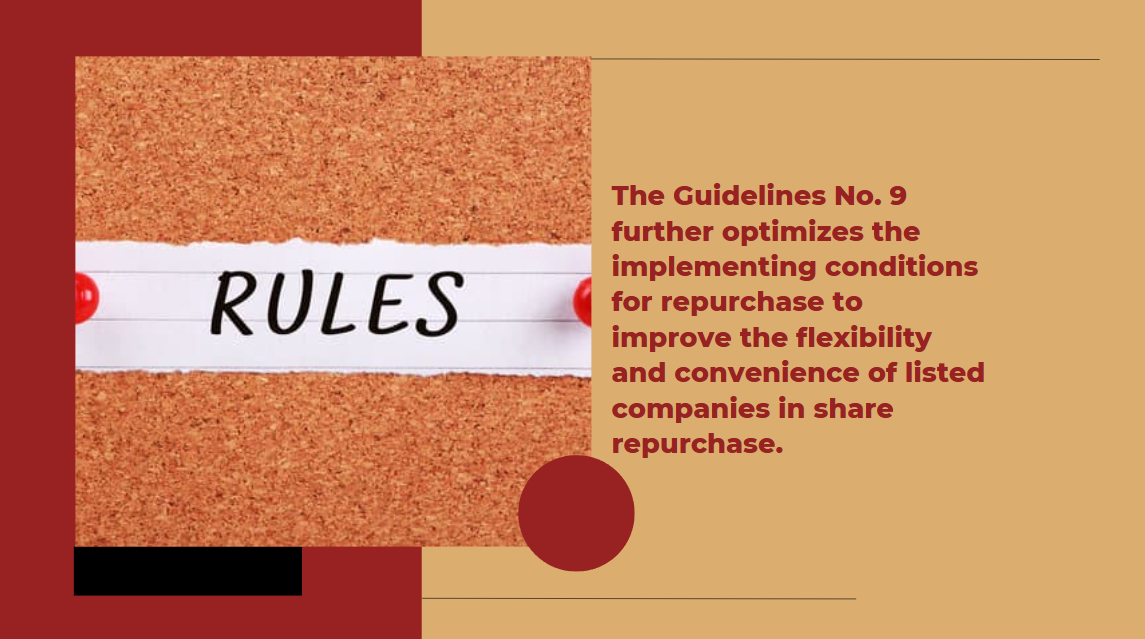
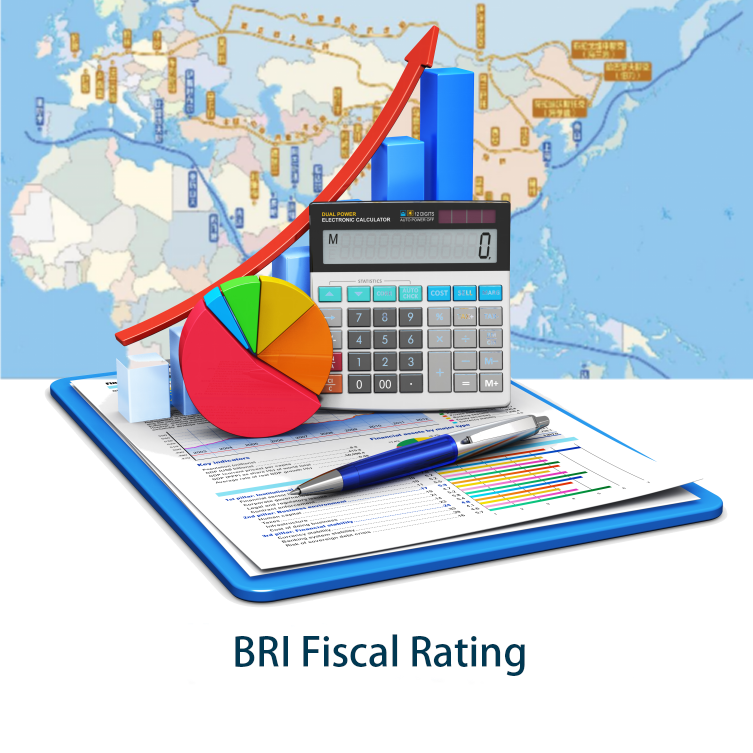

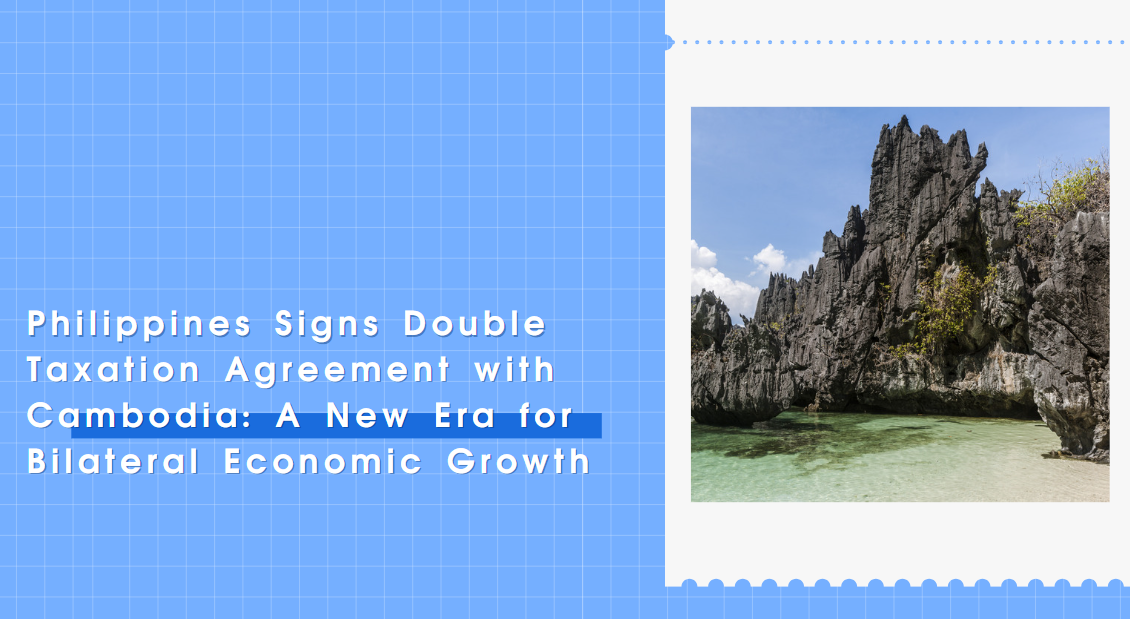





























First, please LoginComment After ~